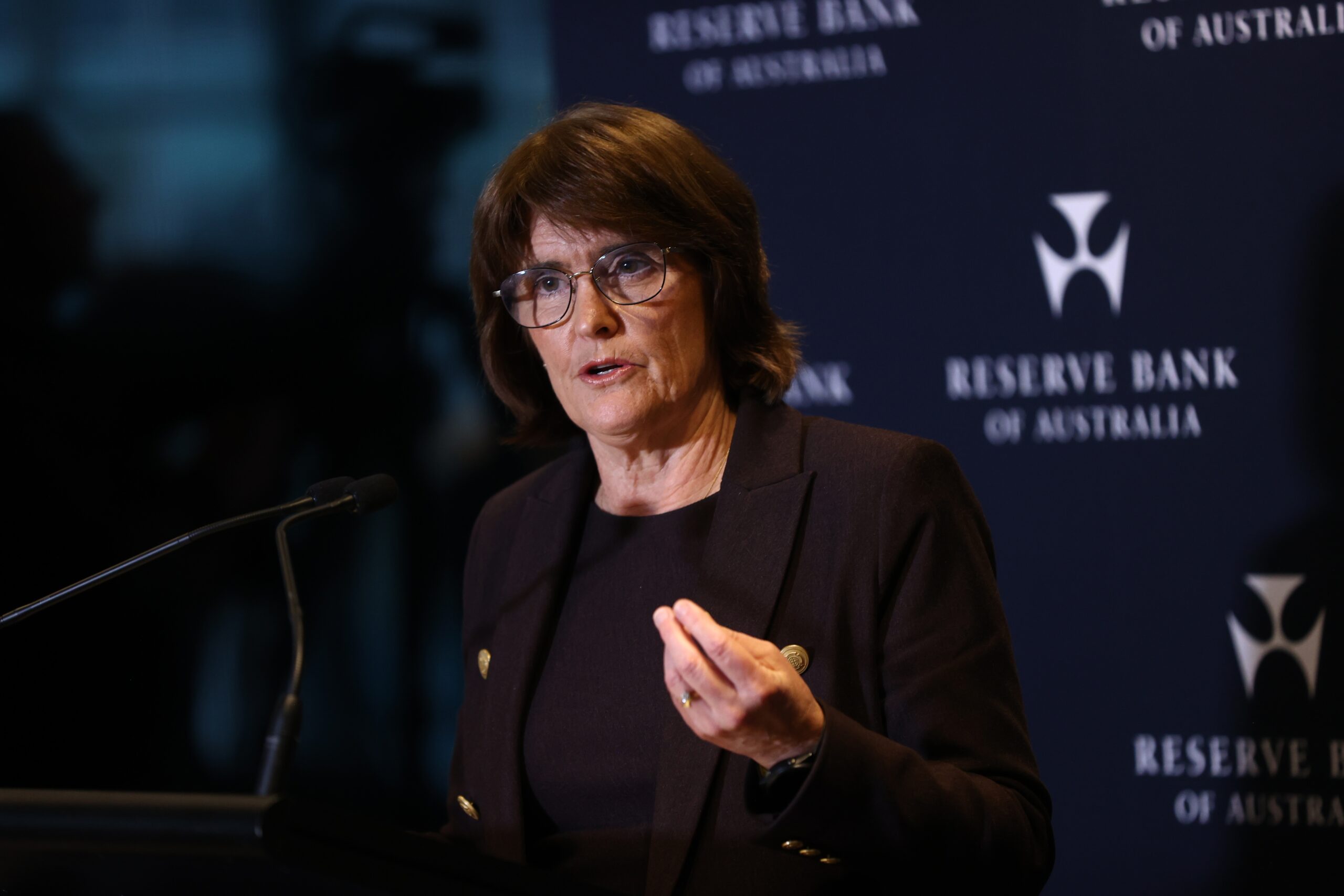The Reserve Bank of Australia (RBA) recently made a historic decision that sent shockwaves through financial markets and left experts and analysts scrambling to make sense of the implications. The RBA, in an unprecedented move, announced a 6-3 vote on the interest rate decision, a divergence from the unanimous decisions typically seen in such matters.
This surprising turn of events has sparked intense speculation and debate among economists and financial experts. The RBA’s decision to implement this split vote has raised questions about the underlying factors driving such a significant rift within the board. It is a departure from the usual consensus-driven approach that the RBA has been known for, adding an element of uncertainty to the economic landscape.
Economists are closely scrutinizing the implications of this decision, trying to decipher the signals the RBA is sending to the market. The 6-3 vote has injected a sense of unpredictability into the market, as investors and analysts grapple with the potential ramifications of this unconventional move. Experts are divided in their interpretations of the decision, with some viewing it as a prudent response to evolving economic conditions, while others see it as a risky departure from established norms.
The 6-3 vote by the RBA signifies a departure from the traditional consensus-driven approach, introducing a new element of uncertainty into the economic outlook.
Amidst the speculation and analysis, one thing remains clear – the RBA’s decision has far-reaching implications for various sectors of the economy. From interest rates and inflation to consumer spending and investment, the ripple effects of this move are expected to be profound and long-lasting. Businesses and consumers alike are anxiously awaiting further developments, trying to gauge how this decision will impact their financial well-being.
The 6-3 vote by the RBA has sent shockwaves through financial markets, prompting intense speculation and debate among economists and experts about its potential impact on the economy.
As experts delve deeper into the reasons behind the split vote, they point to a complex web of factors influencing the RBA’s decision-making process. From global economic trends and geopolitical uncertainties to domestic growth projections and inflationary pressures, the RBA is navigating a challenging landscape fraught with competing priorities and risks. The 6-3 vote reflects the nuanced considerations at play within the board, highlighting the delicate balance the RBA must strike in steering the Australian economy towards stability and growth.
The RBA’s decision to implement a 6-3 vote underscores the intricate web of factors shaping its policy decisions, signaling a shift towards a more nuanced and adaptive approach.
Looking ahead, economists are closely monitoring how the market responds to the RBA’s decision and the subsequent developments that unfold. The implications of the 6-3 vote are likely to reverberate across financial markets, influencing investor sentiment and shaping economic expectations in the months to come. As businesses and consumers adjust to the new economic landscape, the full impact of this decision will gradually unfold, painting a clearer picture of the path ahead for the Australian economy.
In conclusion, the RBA’s unprecedented 6-3 vote on the interest rate decision marks a significant turning point in Australia’s economic trajectory. The decision has injected a sense of uncertainty and anticipation into the market, prompting a flurry of analysis and speculation about its broader implications. As experts and economists continue to dissect the factors driving this divergence within the board, one thing is certain – the 6-3 vote signals a new chapter in the RBA’s policymaking approach, ushering in a period of increased scrutiny and adaptation to the evolving economic landscape.









Leave feedback about this